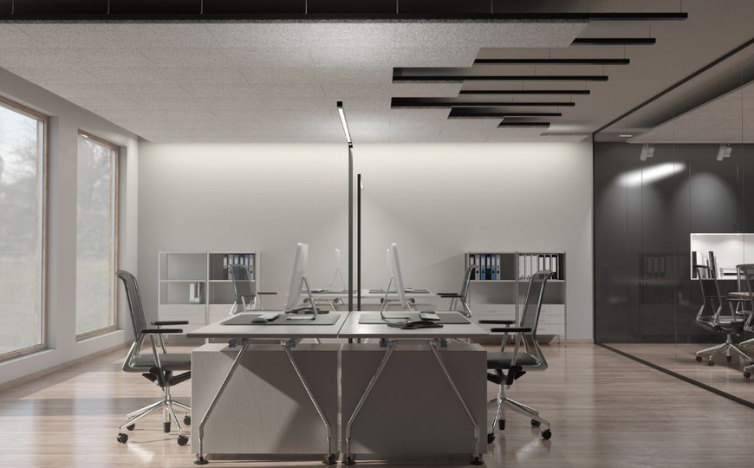Noise pollution can disrupt your peace, productivity, and overall well-being. Whether you’re dealing with noisy neighbors, street sounds, or echoes in a large room, achieving total noise control requires a combination of acoustic panels & soundproofing techniques. Here’s how you can create a quieter, more comfortable space.
Understanding the Difference: Acoustic Panels & Soundproofing
Acoustic panels and soundproofing serve different but complementary purposes. Acoustic panels are designed to absorb sound waves, reducing echoes and improving sound quality within a room. On the other hand, soundproofing focuses on blocking sound from entering or leaving a space.
For example, if you’re setting up a home theater, acoustic panels will enhance audio clarity, while soundproofing will prevent noise from disturbing others. Combining both approaches ensures optimal noise control.
Step 1: Identify the Noise Sources
Before diving into solutions, identify the primary sources of noise. Is it airborne noise (e.g., traffic, voices) or impact noise (e.g., footsteps, vibrations)? Airborne noise can be addressed with soundproofing materials like mass-loaded vinyl, while impact noise may require decoupling techniques like resilient channels.
Acoustic panels, meanwhile, are ideal for reducing reverberation and echo within the room itself.
Step 2: Soundproof the Space
Start by soundproofing the room to block external noise. Here are some effective methods:

- Seal Gaps: Use weatherstripping or acoustic caulk to seal gaps around doors, windows, and walls.
- Add Mass: Install soundproof drywall or mass-loaded vinyl to add density to walls and block sound transmission.
- Decouple Structures: Use resilient channels or sound isolation clips to separate walls, ceilings, and floors, reducing vibration transfer.
- Upgrade Doors and Windows: Install solid-core doors and double-glazed windows to block noise from entering.
Step 3: Install Acoustic Panels
Once the room is soundproofed, enhance its acoustics with panels. Here’s how:
- Placement: Install acoustic panels on walls and ceilings where sound reflections are strongest. Common spots include behind speakers, on side walls, and above seating areas.
- Spacing: Avoid overloading the room with panels. Aim for 20-30% coverage of the wall surface for optimal results.
- Types of Panels: Choose from fabric-wrapped, foam, or wooden panels based on your aesthetic preferences and acoustic needs.
Step 4: Combine Techniques for Maximum Effectiveness
For total noise control, combine soundproofing and acoustic panels strategically:
- Use soundproofing to block external noise and prevent sound leakage.
- Add acoustic panels to manage internal sound reflections and improve audio clarity.
- For example, in a home office, soundproof the walls to block street noise and install acoustic panels to reduce echo during video calls.
Step 5: Test and Adjust
After installation, test the room’s acoustics. Clap your hands or play music to check for echoes or sound leakage. Adjust the placement of acoustic panels or add more soundproofing materials as needed.
Call us: Contact DeSound Soundproofing Expert in Dubai For Soundproofing: +971 56 231 4204
Conclusion
Achieving total noise control is possible with the right combination of acoustic panels and soundproofing techniques. By identifying noise sources, soundproofing the space, and strategically placing acoustic panels, you can create a peaceful, noise-free environment tailored to your needs. Whether it’s a home theater, office, or studio, this dual approach ensures both sound quality and silence.

